5. Midsommar (2019)
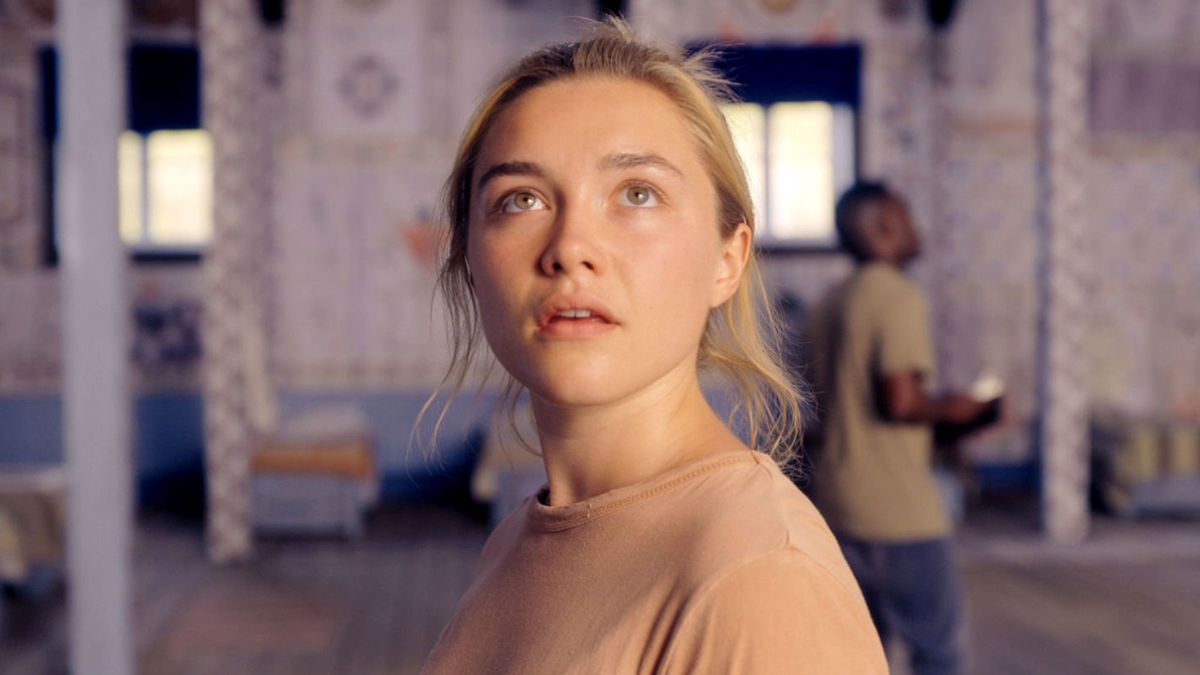
As with writer-director Ari Aster’s previous film Hereditary (2018), overwhelming grief and the delicate threads of family reputably fray at the center of Midsommar, a gorgeously depicted and frequently gruesome folk horror freakout. Fans of slow-burn mental anguish and arthouse aversion will find much to admire and dismay about in this lavishly detailed Swedish-set travelogue of terror.
Florence Pugh (Lady Macbeth) is mesmerizingly vivid and volatile as Dani, a young American woman navigating a devastating loss who, along with her boyfriend, Christian (Jack Reynor) and his friends, lose themselves on a “once-in-a-lifetime” getaway to a remote Swedish village where the midsummer festival there is a big deal. As Dani and her friends get swept up in the pagan traditions of their cult-like hosts, it’s not long before things get eerie and injurious.
While shades of Ken Russell’s The Devils (1971) and Robin Hardy’s The Wicker Man (which you can read more about further on down this very list) seem to be obvious influences, Aster’s eye for detail (Henrik Svensson’s intricate production design and Pawel Pogorzelski’s expert lensing are sublime), his deliberate pacing, and his operatic story structure, amounts to one hell of a hallucinatory headtrip.
4. A Field in England (2013)
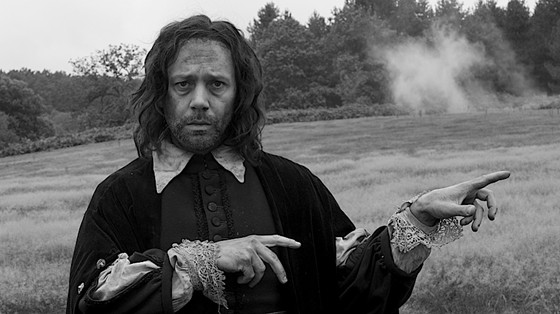
Blurring the lines between dream and reality is a right-hand aspiration for Ben Wheatley (Kill List), and his fourth feature, the incomparable A Field in England, exemplifies this to the nth degree.
A black comedy masquerading as an arthouse horror film set in mid-17th century England, the film follows Whitehead (Reece Shearsmith) as he absconds from a demonic alchemist named O’Neill (Michael Smiley) amidst a bloody English Civil War battle. Cursed and accompanied by a trio of deserters this ill-starred crew, high on psilocybin mushrooms, are soon at the mercy of O’Neill.
Cinematographer Laurie Rose shoots a monochrome world of creepy close-ups and other odd and ominous tricks as the trippy pastoral mise en scène mutates into a Grand Guignol chamber of horrors. It’s an inspired, utterly loopy, psychotropic Möbius strip that embraces moral ambiguity, resists tidy resolutions, and is more lively and enjoyable than it perhaps ought to be.
3. The Wicker Man (1973)
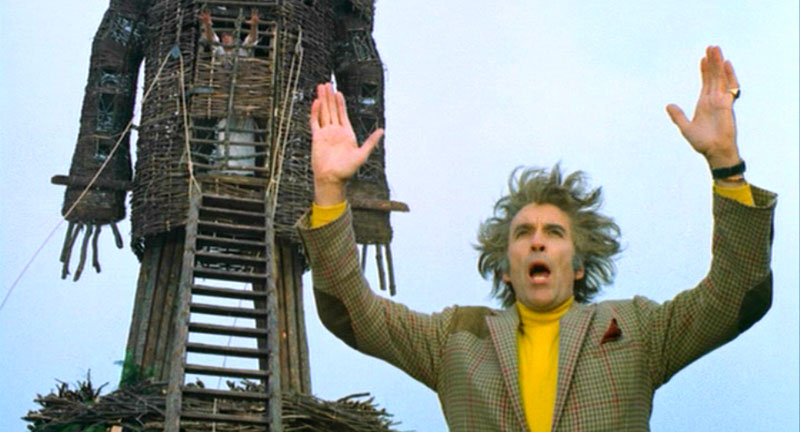
Robin Hardy’s The Wicker Man is an imaginative mixture of murder mystery, horror movie, folk musical, and pagan legend. Written by Anthony Shaffer (Sleuth) from David Pinner’s 1967 novel “Ritual”, this highly influential British film was famously touted by Cinefantastique to be “the Citizen Kane of horror movies” and who are we to say anything different?
Sgt. Howie (Edward Woodward) is an uptight Scots policeman investigating the disappearance of a young girl, Rowan Morrison (Gerry Cowper) on Summerisle, a remote Hebridean island. Summerisle is the sort of place where the head cheese, Lord Summerisle is played by Christopher Lee, so there’s a huge fucking red flag right away. Britt Ekland is there, too, in full babe mode, there’s a naked librarian played by Ingrid Pitt and all the pagan May Day hoopla have Howie groping for his Christian cross.
The Wicker Man offers up many fiendish quirks, kinks, and a concluding squeaker of a curveball you won’t soon forget. “You’ll simply never understand the true nature of sacrifice.”
2. Kwaidan (1964)
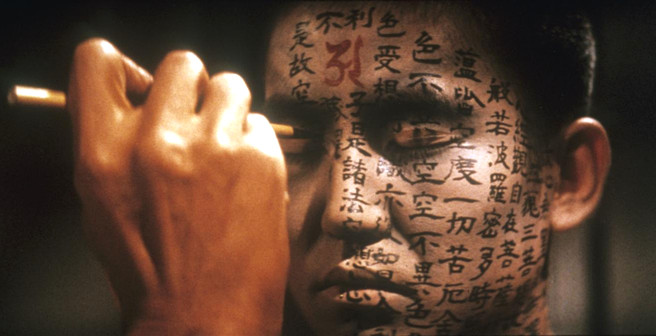
This artful folk horror anthology of Japanese ghost stories is told in four-parts by Masaki Kobayashi –– “Kwaidan” directly translates as “ghost story” –– and are largely based on the folk tales of Lafcadio Hearn.
Roger Ebert referred to the film as “an assembly of ghost stories that is among the most beautiful films I’ve seen,” and it’s haunting hues are impossible to forget.
Shot on enormous studio sets with striking theatricality, Kwaidan is an enduring and opulent classic, symphonic in its splashes of color and bold sound design, this is a graceful and intricate film of rare subtlety and skill.
One tale features a penniless samurai (Rentarô Mikuni) who marries for money with tragic results where another tells of a blind ballad singer, Hoichi (Katsuo Nakamura), who is forced to perform for an audience of ghosts. Visceral, visually stunning, and precisely pictorial, Kwaidan is one of the most gorgeous and engrossing psychological films ever made, and it will mess you up most gloriously, if you let it.
1. Witchfinder General (1968)
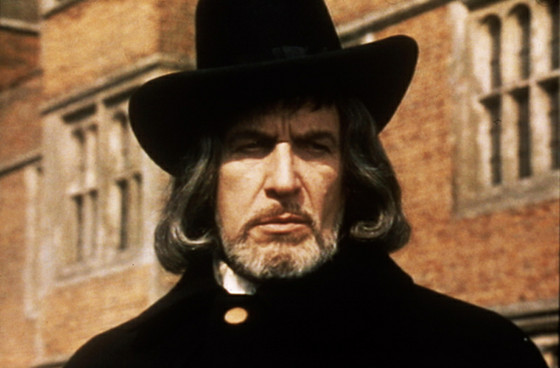
Not only is this chilling Michael Reeves wantonly cruel classic the quintessential folk horror freakout, it also serves as a great introduction, for those who need one, to macabre master Vincent Price, who at one point in his lustrous career was known worldwide for his scene-stealing roles as insidiously clever villainous nasties.
Incredibly influential, mordantly violent, and rooted in England’s bleak history, Reeves’s final film –– he died soon after production wrapped, at the young age of 25, having already completed seven films! –– spawned scores of imitators and provided Price with perhaps his finest, and surely his most sadistic role (and that’s really saying something).
Film historians claim accuracy in this 17th century set tale of Matthew Hopkins (Price), witch hunter (which back then, equated to woman hater), out to terrorize the English countryside.
It rattled censors at the time and today still tests one’s threshold for terror. A must see cinema experience for anyone who considers themselves a true horror fan, or who’s curious about the startling subgenre it gave birth to. Miss this movie at your own peril.
Author Bio: Shane Scott-Travis is a film critic, screenwriter, comic book author/illustrator and cineaste. Currently residing in Vancouver, Canada, Shane can often be found at the cinema, the dog park, or off in a corner someplace, paraphrasing Groucho Marx. Follow Shane on Twitter @ShaneScottravis.